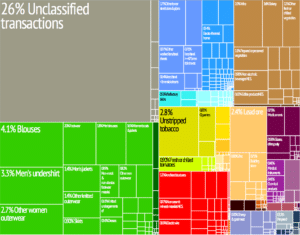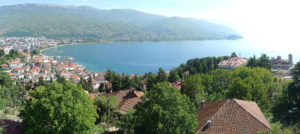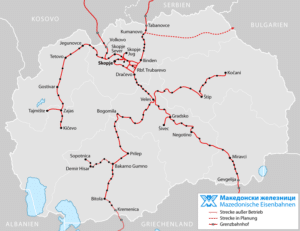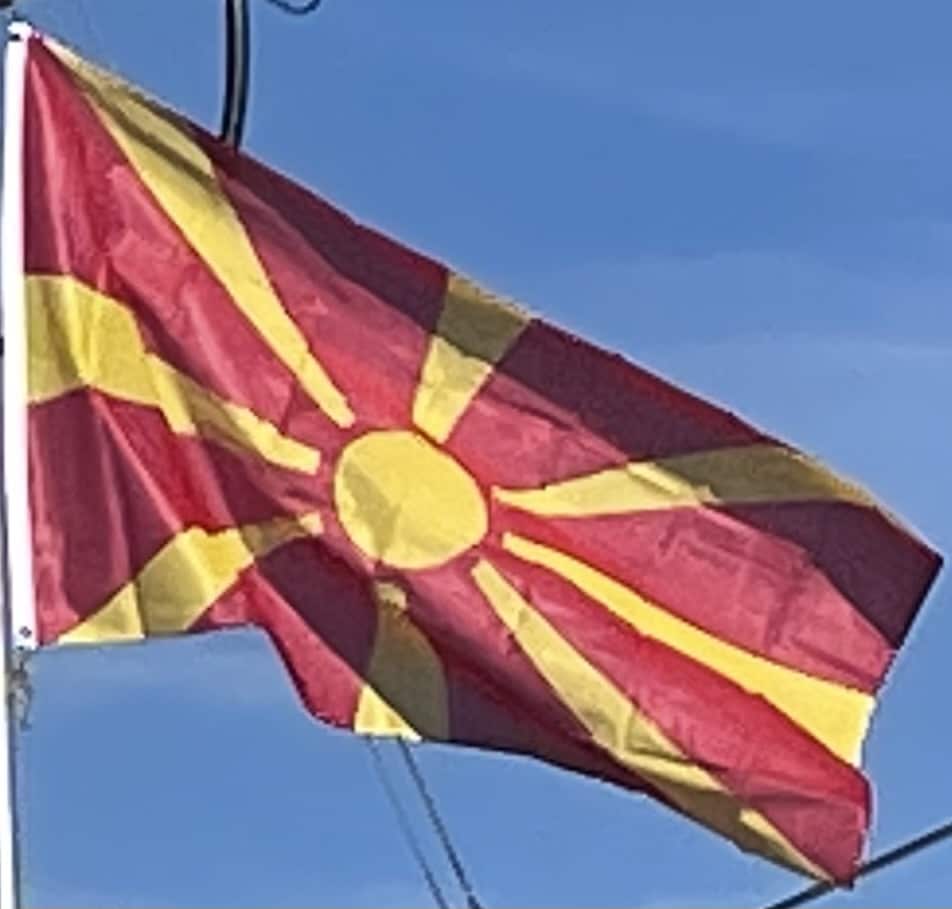In terms of foreign trade, the largest sector contributing to the country’s export in 2014 was “chemicals and related products” at 21.4%, followed by the “machinery and transport equipment” sector at 21.1%. North Macedonia’s main import sectors in 2014 were “manufactured goods classified chiefly by material” with 34.2%, “machinery and transport equipment” with 18.7% and “mineral fuels, lubricants and related materials” with 14.4% of the total imports.

The outbreak of the Yugoslav wars and the imposition of sanctions on Serbia and Montenegro caused great damage to the country’s economy, with Serbia constituting 60% of its markets before the disintegration of Yugoslavia. When Greece imposed a trade embargo on the Republic in 1994–95, the economy was also affected. Some relief was afforded by the end of the Bosnian War in November 1995 and the lifting of the Greek embargo, but the Kosovo War of 1999 and the 2001 Albanian crisis caused further destabilisation.
Since the end of the Greek embargo, Greece has become the country’s most important business partner. Many Greek companies have bought former state companies in North Macedonia, such as the oil refinery Okta, the baking company Zhito Luks, a marble mine in Prilep, textile facilities in Bitola, etc., and employ 20,000 people.
Tourism plays a significant role in the economy of North Macedonia accounting for 6.7% of its GDP in 2016. The annual income from tourism was estimated at 38.5 billion denars (€616 million) in that year. Following its independence, the most serious negative impact on tourism performance occurred due to the armed conflicts taking place in 2001. The number of foreign visitors has been on the rise since, with a 14.6% increase in 2011. In 2019, North Macedonia received 1,184,963 tourist arrivals out of which 757,593 foreign. Most numerous are tourists from Turkey, neighboring Serbia, Greece and Bulgaria, Poland and other countries of Western Europe. The biggest bulk of tourists, approximately 60% of the million tourists that visited the country in 2017, was situated in Skopje and the southwestern region of the country.

The most significant tourism branches are lake tourism as there are three lakes in Ohrid, Prespa and Dojran and over 50 small glacial lakes of variable sizes, mountainous tourism as there are 16 mountains higher than 2,000 metres. Other forms of tourism also include rural and ecotourism, city tourism and cultural tourism, represented through gastronomy, traditional music, cultural celebrations and cultural heritage sites.
Transportation:
North Macedonia (along with Montenegro, Bosnia and Herzegovina and Kosovo) belongs to the less-developed southern region of the former Yugoslavia. Its main land and rail exports route, through Serbia, remains unreliable with high transit costs, thereby affecting the export of its formerly highly profitable, early vegetables market to Germany.

The total length of the railway network in North Macedonia is 699 km (434 mi). Operated by Makedonski Železnici, the most important railway line is the line on the border with Serbia–Kumanovo–Skopje–Veles–Gevgelija–border with Greece. Since 2001, the railway line Beljakovci has been built—the border with Bulgaria, which will get a direct connection Skopje-Sofia. The most important railway hub in the country is Skopje, while the other two are Veles and Kumanovo.
